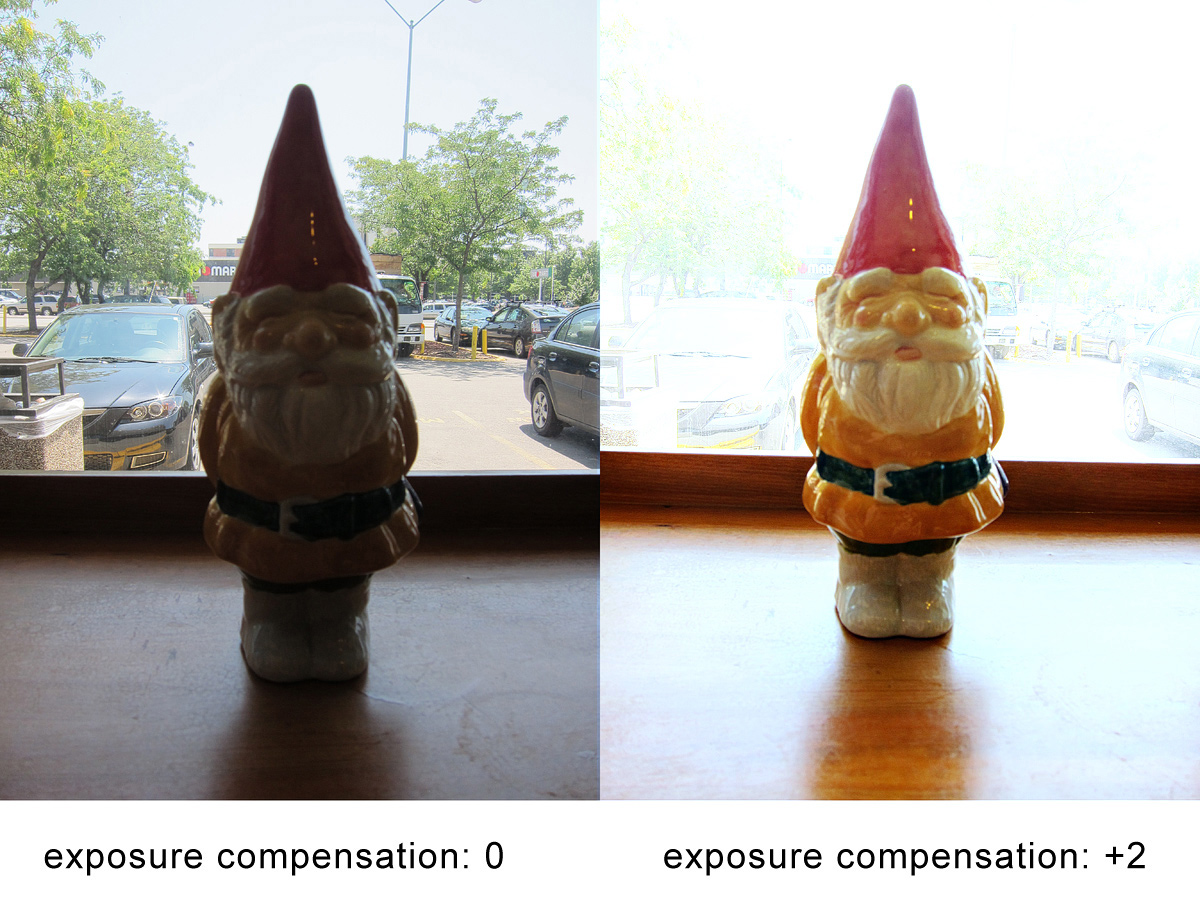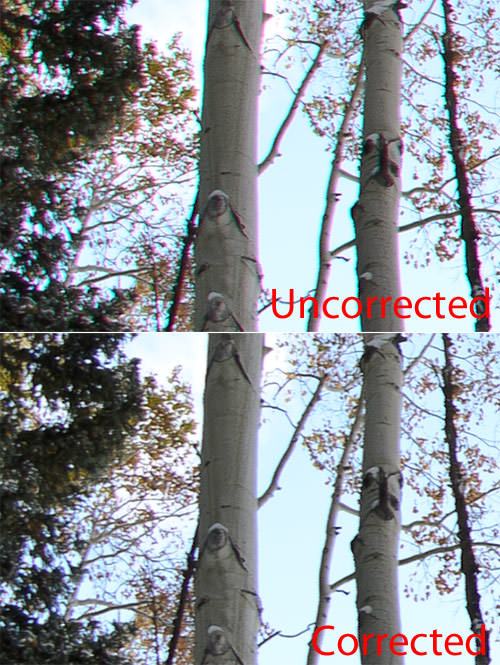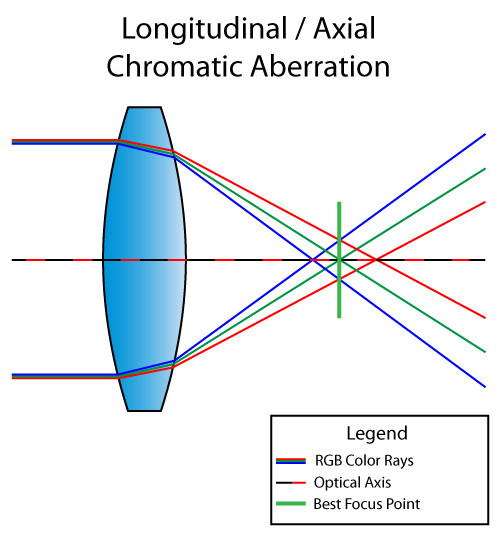- Joined
- May 27, 2012
- Messages
- 5,192
- Location
- Bellmere, QLD
- Website
- www.selfsufficientme.com
- Climate
- Sub-Tropical
I have a Nikon D5100 and it does have several buttons. Although I'm worse than a novice I'm still really happy I purchased this camera because some shots on auto make me look good 




 . Most enthusiasts use Light Room, and i'd say 99% of professionals use it. From what I can tell, Photoshop has the same features but Light Room is aimed at the photographer and for processing photos faster and easier, it has a great system if you have a lot of photos to work through, I sorted through 2000 waterski photos at xmas, Photoshop would have been a nightmare.
. Most enthusiasts use Light Room, and i'd say 99% of professionals use it. From what I can tell, Photoshop has the same features but Light Room is aimed at the photographer and for processing photos faster and easier, it has a great system if you have a lot of photos to work through, I sorted through 2000 waterski photos at xmas, Photoshop would have been a nightmare. ... I see quite a few people over processing photos, waaayyyy too much HDR, they seem to love HDR. (I'm no expert in this field either and sometimes try to save a bad photo and it doesn't quite work and when I look back at it I think gees that looks terrible, but ohwell.. you have to let things go sometimes)
... I see quite a few people over processing photos, waaayyyy too much HDR, they seem to love HDR. (I'm no expert in this field either and sometimes try to save a bad photo and it doesn't quite work and when I look back at it I think gees that looks terrible, but ohwell.. you have to let things go sometimes)




